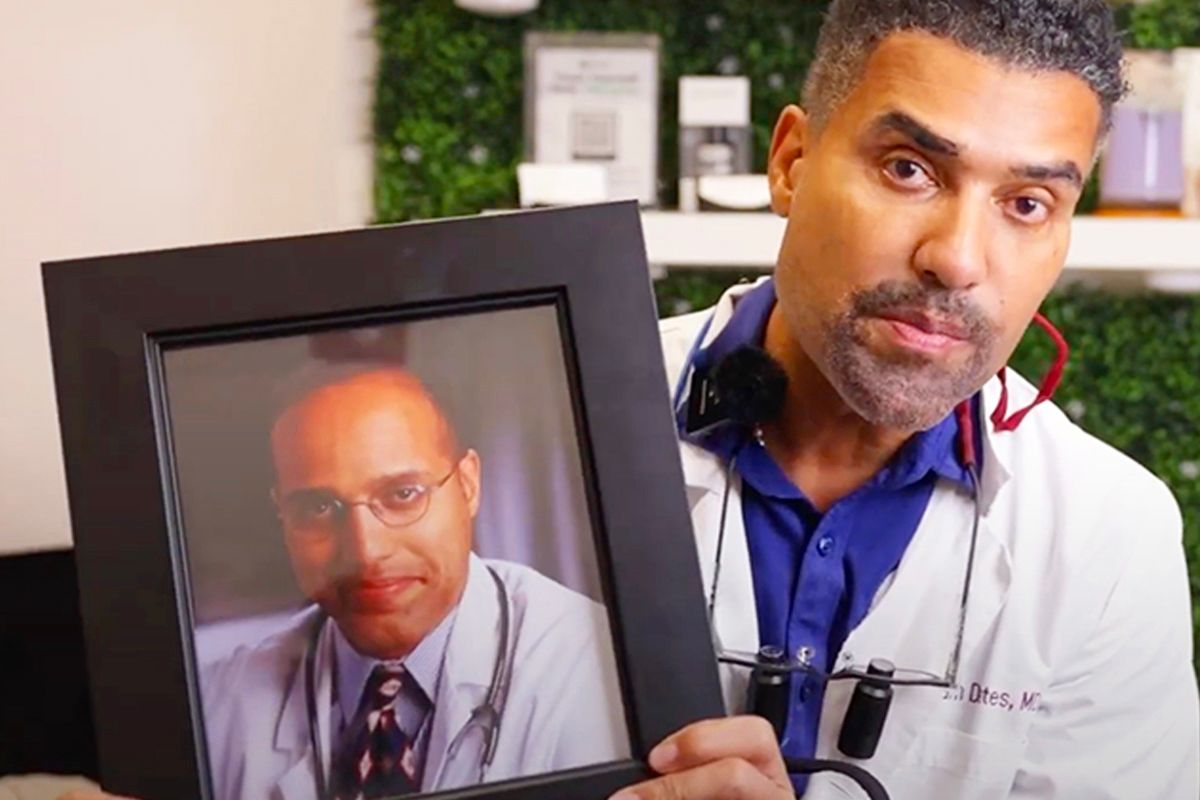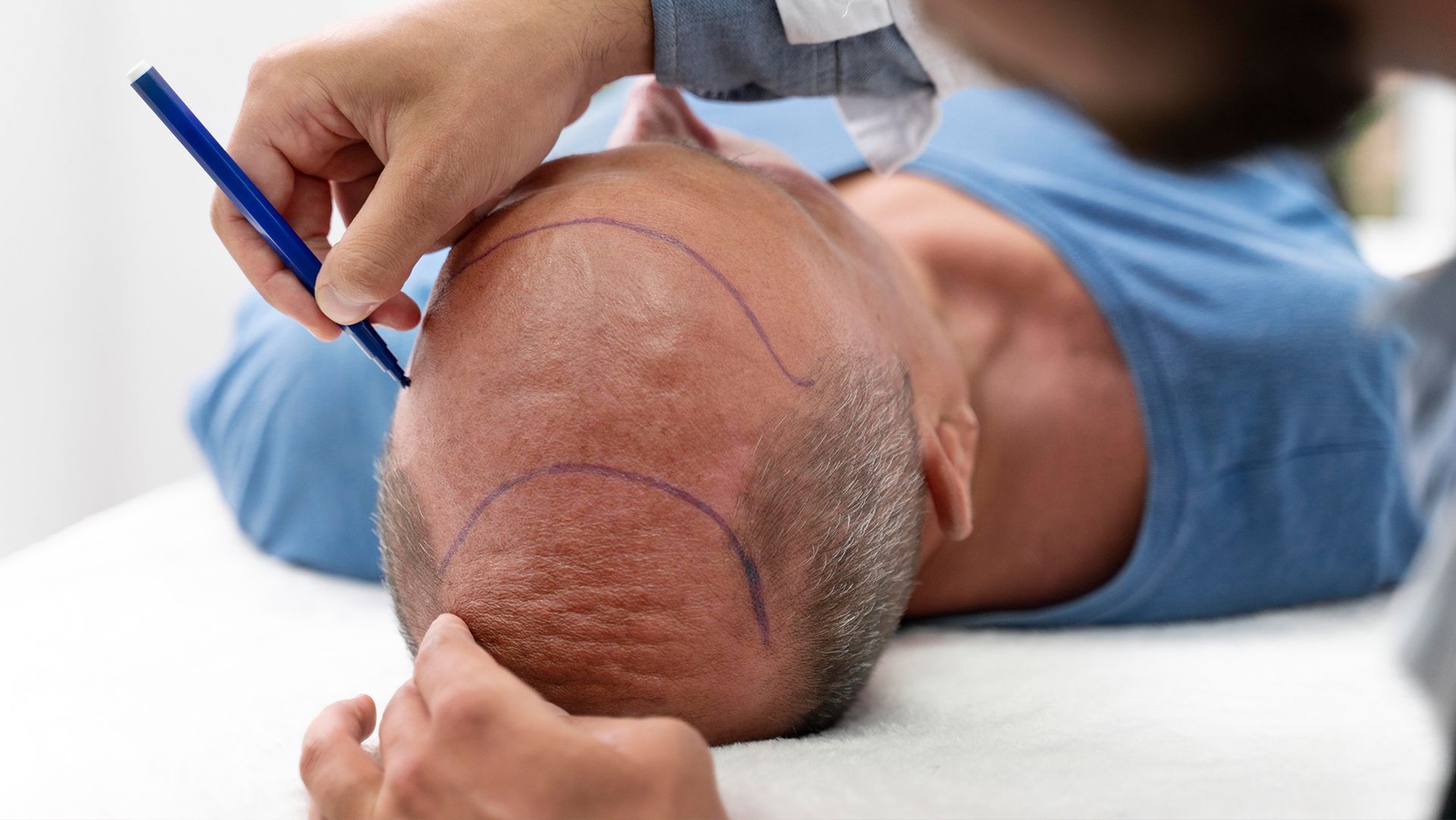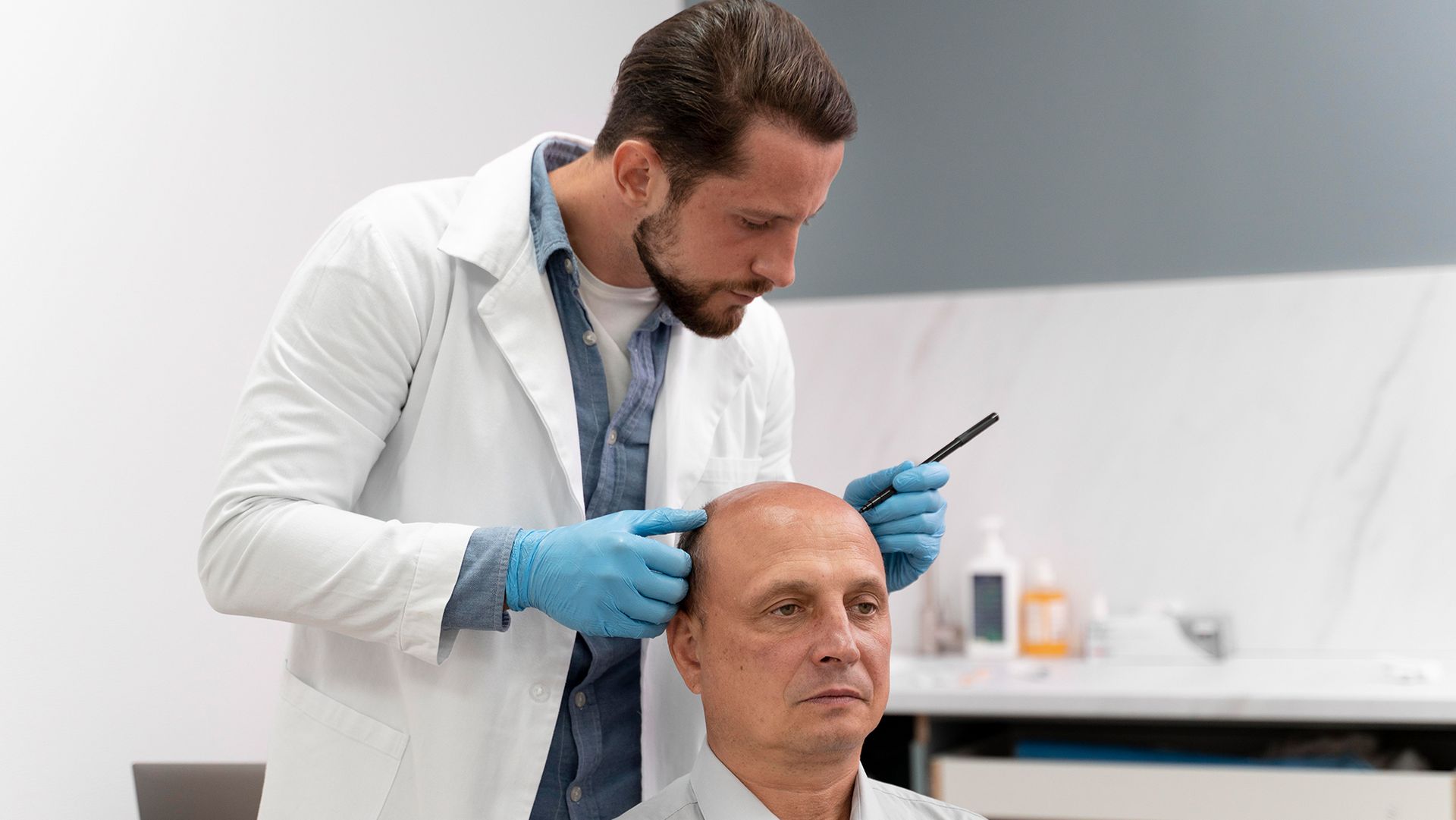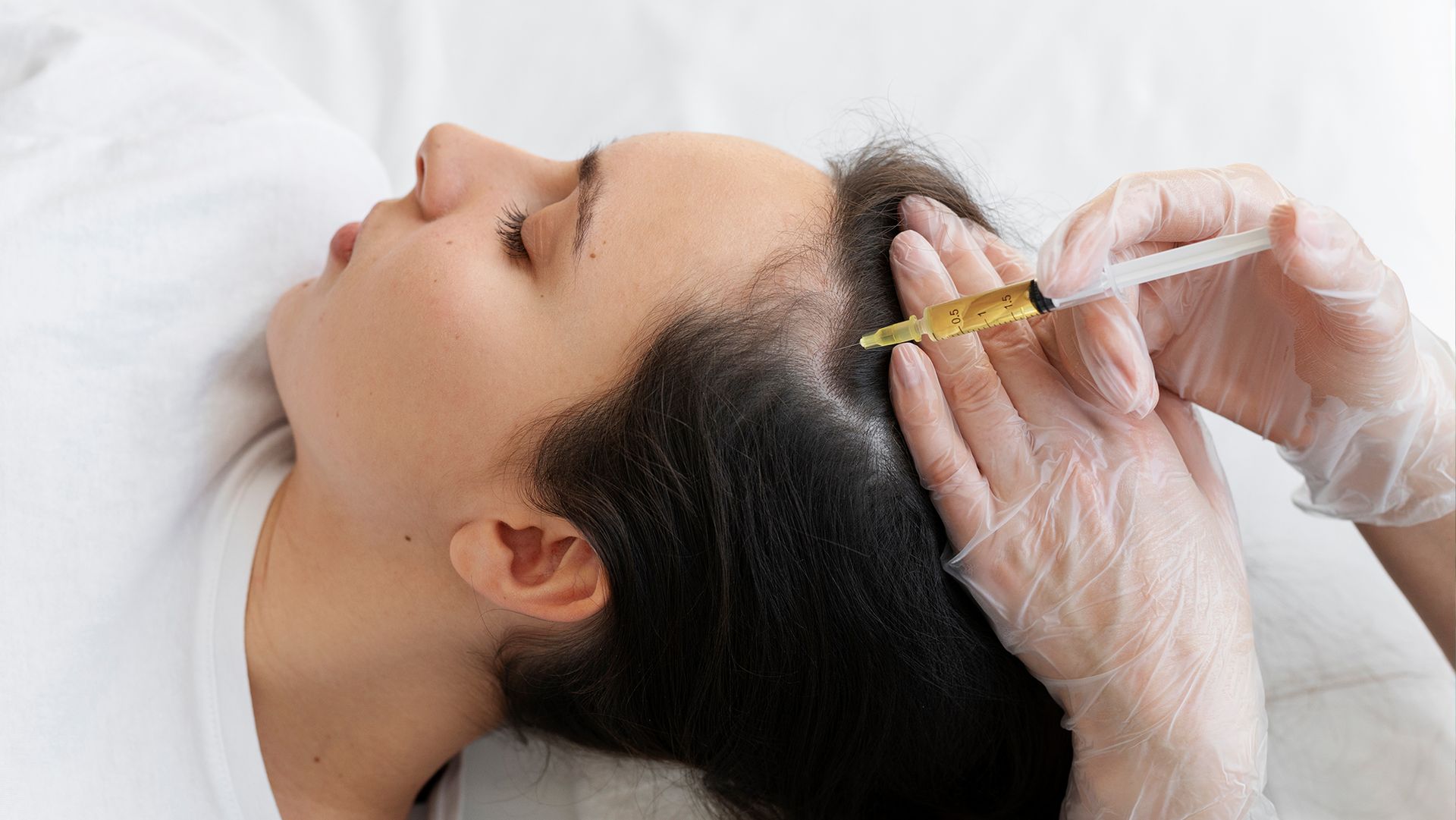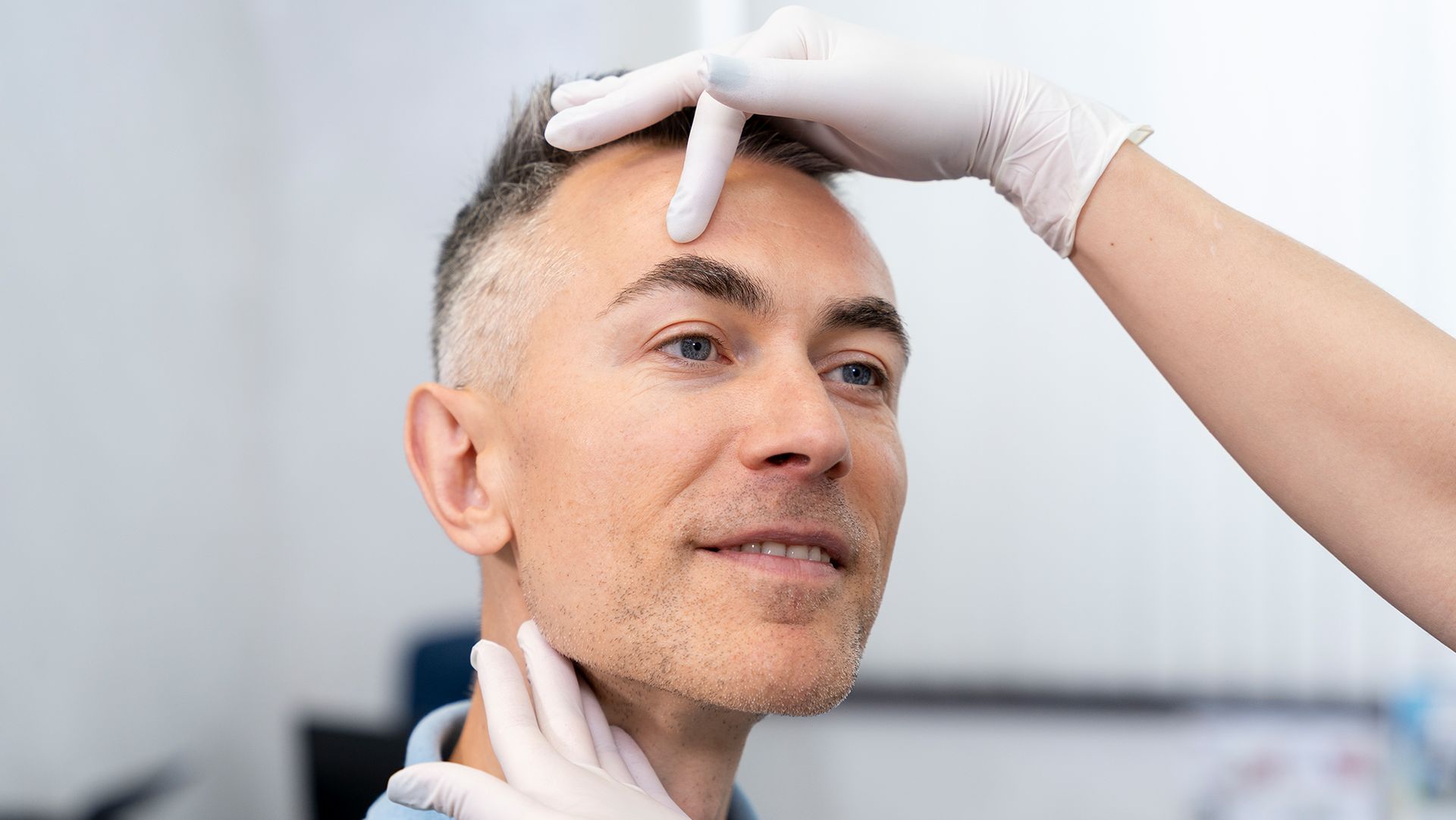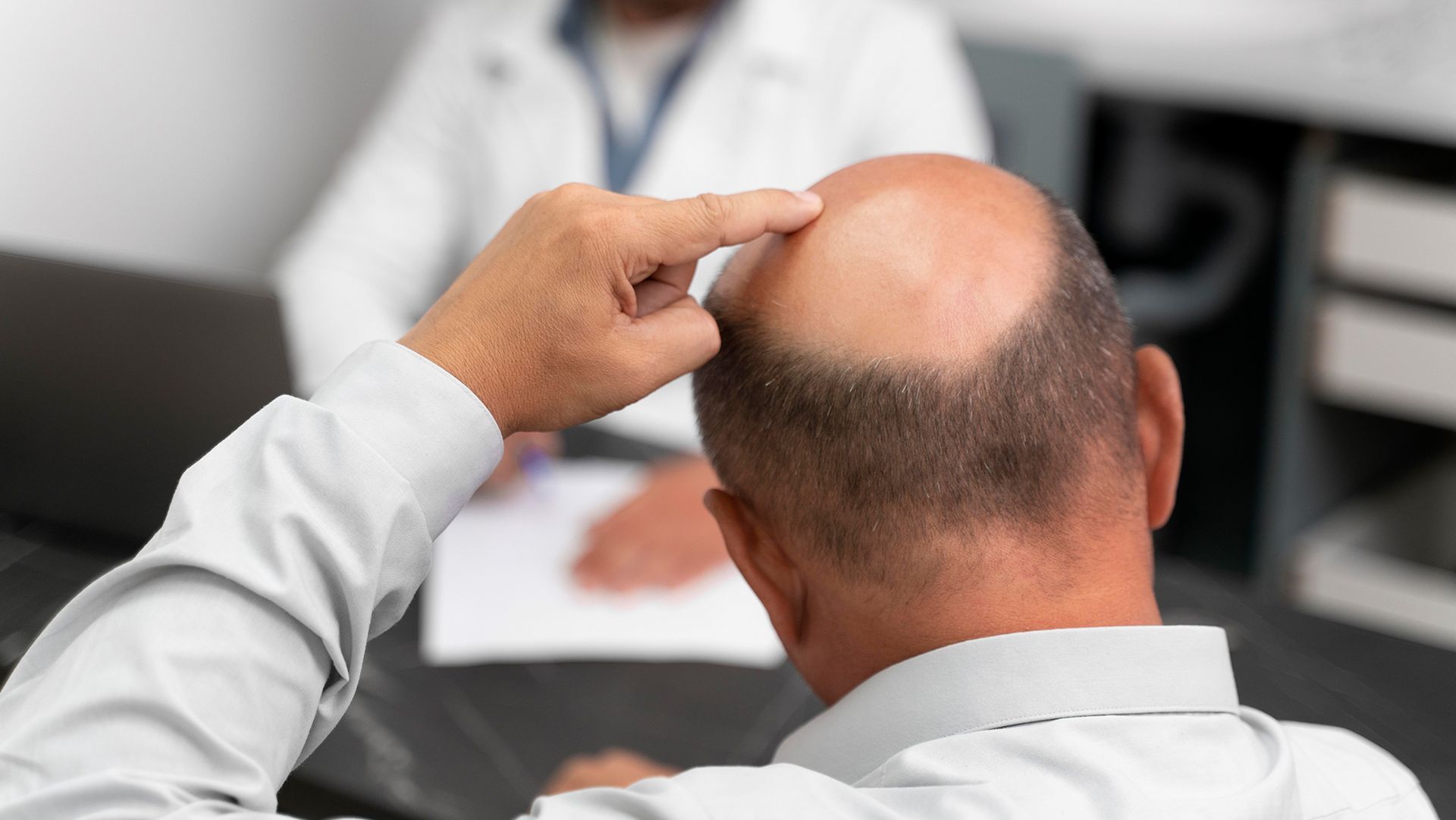The Before, During, and After of an African American Hair Transplant

Lots of people deal with hair loss, but the way you address it can vary from person to person. But among different restoration methods, one of the most popular is a hair transplant.
Regardless of ethnicity, you can expect the best from this type of procedure. What matters is knowing how it works from start to finish, and what differences to keep note of.
So, what are these? Here’s a quick look at what happens before, during, and after an African American hair transplant.
What to Consider Before Getting a Hair Transplant
Before you get the procedure done, it’s important to consider a few things about the process. This way, you can set proper expectations with the results, while making sure it’s effective.
These include the following points:
Type of Hair Transplant
The type of hair transplant you get will determine how natural-looking the outcome will be. Usually, you can choose between two kinds: the FUT or FUE.
With FUT, your surgeon removes a strip of your scalp’s skin, often from the back of the head. This is where they will harvest hair follicles from to transfer to the areas of hair loss.
While it’s effective, the downside is that it can leave a linear scar after and feel more uncomfortable during recovery. However, it works best if you’re dealing with longer, thicker hair.
FUE doesn’t require your surgeon to remove a part of your skin. Instead, they make small incisions to take them off directly from the scalp. So, you can expect less visible scars.
Because of the nature of the process, most doctors recommend choosing this if you have short or shaved hair.
Where to Get the Procedure
After you determine what type of hair transplant works best for you, take your time to find the right place to get the procedure. Because African American hair has specific characteristics, many suggest picking a surgeon or clinic that specializes in hair restoration.
The way your hair is handled during the transplant can affect the final results, especially if it’s thicker and curlier. If your surgeon is unfamiliar with these qualities, the procedure may not be as effective as you expect it to be.
Generally, it’s also important to choose a surgeon or clinic with the necessary experience and licenses to work with African American hair. So, you can feel more at ease, knowing your surgeon understands the little details about your hair.
Complications with Curly Hair
A common feature among African American hair is its curly nature, which becomes a challenge during harvesting. It’s because they grow differently up to the roots, wherein the curls extend to the very end of the hair.
This causes your surgeon to exert more effort to ensure they get the follicles without damaging them. Otherwise, the implanted hair will fail to grow.
What to Expect from an African American Hair Transplant
A hair transplant procedure usually takes anywhere from four to eight hours. Either way, you can expect to complete the transplant within a single day. But if you need a large amount of hair transplanted, it may take longer or require you to return for additional sessions.
During the process, you will receive local anesthesia on the scalp. Sometimes, a mild sedative is also registered to help you stay relaxed throughout the process.
The steps that follow will vary based on the type of hair transplant you choose. But generally, it starts with marking placements, followed by harvesting hair follicles, and finally implanting them. If necessary, your surgeon will stitch up incisions and bandage your scalp for healing.
Possible Risks and Side Effects After the Procedure
Your surgeon will provide you with specific aftercare instructions. It’s crucial to follow these accordingly to ensure a smooth recovery and avoid damaging the possible results.
After a few weeks, you can expect the transplanted hair to fall off to make way for new growth. But generally, it can take months for the results to become more noticeable following the surgery.
Moreover, you can encounter the following risks and side effects:
Bleeding
Since a hair transplant is an invasive procedure, you can expect bleeding in the areas where your surgeon harvests grafts or implants them. While this is normal, keep an eye out for excessive bleeding. This is usually a sign that your wounds aren’t healing well.
Scarring
Scarring is common after a hair transplant surgery. But with African American hair, there’s a high possibility of keloid scarring or raised scars.
These are primarily due to the shape of the hair follicles and how they sit under the skin. Because of this, it’s important to choose a surgeon or clinic that’s well-versed in dealing with textured hair to minimize the risk of these scars.
Infection
If your wounds don’t heal properly, there’s a possibility that you encounter infections, especially if they open. Following the aftercare instructions provided is vital in preventing this. But in case it happens, you should contact your surgeon as soon as possible.
Unsuccessful Grafts
Even long after the surgery, there’s a possibility that you might encounter unsuccessful grafts, depending on how they grow or how you handle them.
In most cases, you might only notice these after a while since it takes months for the implanted hair to develop into new ones. So, try to pay close attention to the progress of your hair and the care it requires to prevent this from occurring.
Other African American Hair Restoration Options
In case a hair transplant fails to help you achieve your desired results, you can consider other hair restoration options for African American hair. These are as follows:
- Laser Therapy: This refers to a treatment that uses a laser to stimulate hair growth.
- Platelet Rich Plasma: This is often used with microneedling, primarily to reduce inflammation that causes hair loss.
- Microneedling: This procedure uses a device with hundreds of tiny needles to stimulate hair growth in the scalp.
In Summary
When deciding whether to get an African American hair transplant, it helps to learn about the procedure before, during, and after. Not only does it give you a clear idea of how the transplant will work, but it also helps you picture the possible results. So, you can determine if it’s the ideal method to help you achieve your hair goals!
